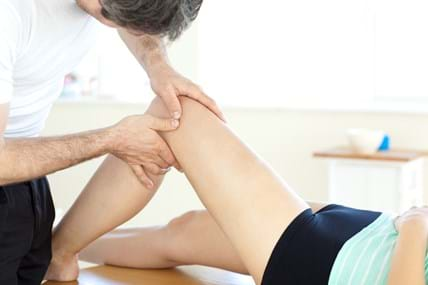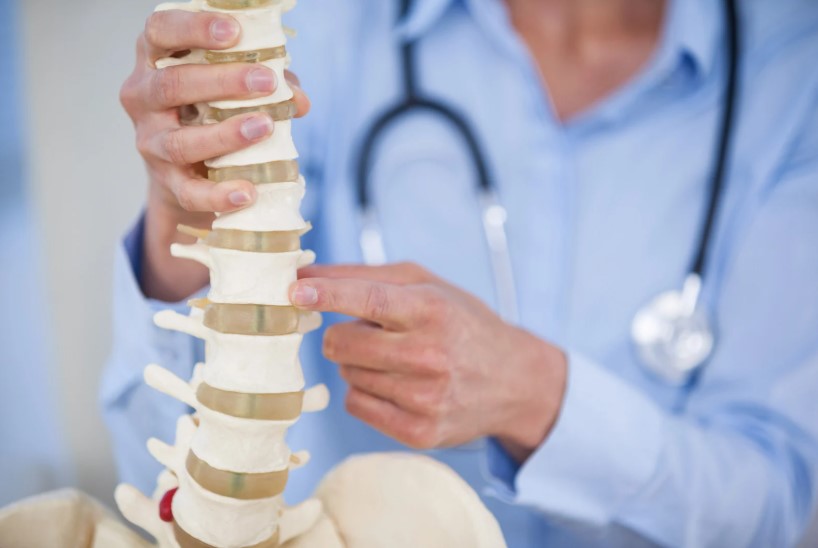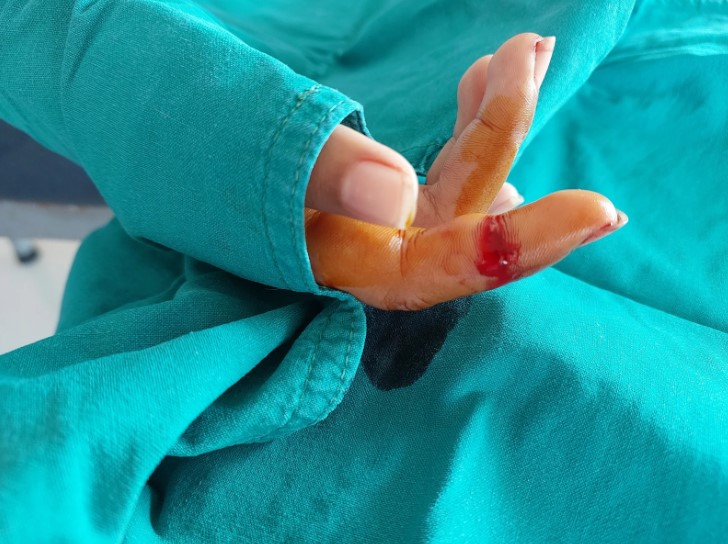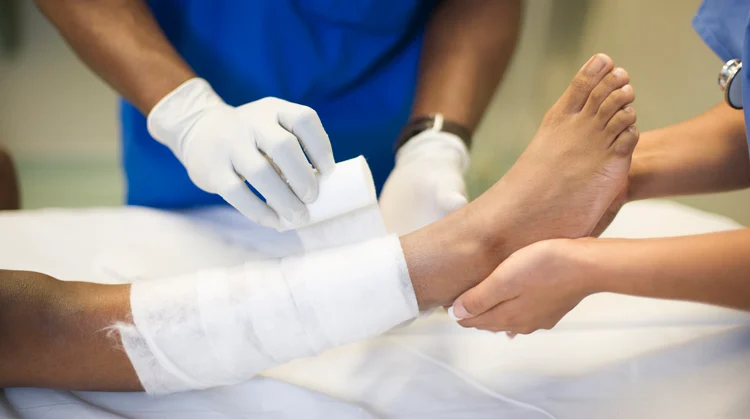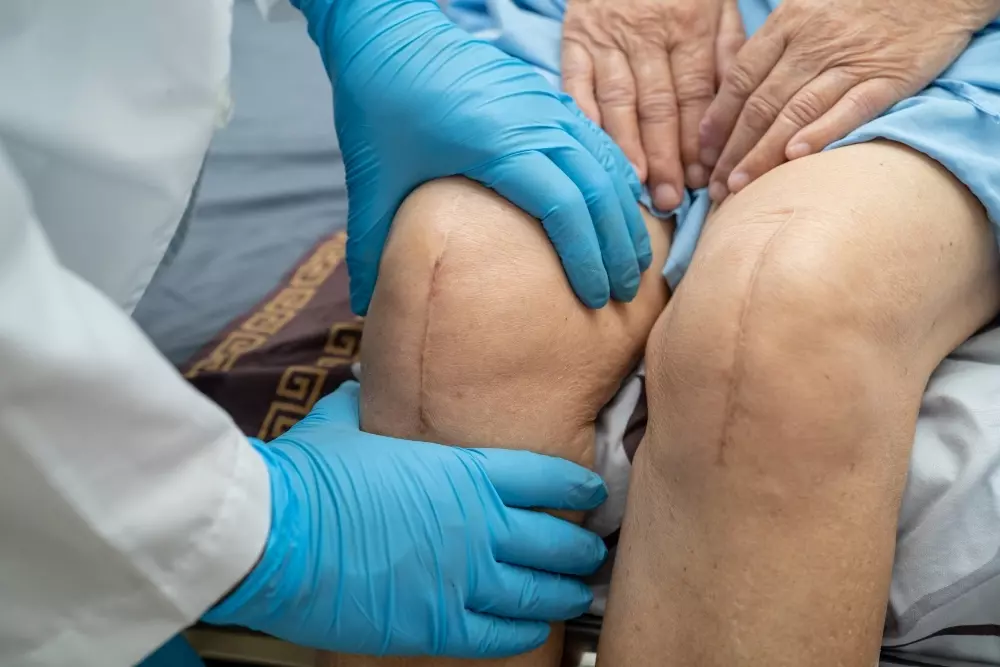Knee pain is a prevalent issue affecting people of all ages and backgrounds. From athletes to office workers, knee pain can significantly impact daily life and overall well-being. However, understanding the underlying causes of knee pain is crucial for effective treatment and management. In this blog post, we’ll explore the common causes of knee pain from a physiotherapy perspective and discuss strategies for prevention and treatment.
Common Causes of Knee Pain
A. Osteoarthritis
Osteoarthritis is one of the most common causes of knee pain, especially among older adults. It is a degenerative joint disease characterized by the breakdown of cartilage in the knee joint. Factors such as aging, genetics, obesity, and previous knee injuries can increase the risk of developing osteoarthritis. Physiotherapy interventions for managing osteoarthritis-related knee pain often focus on strengthening exercises, range of motion exercises, and pain management techniques.
B. Ligament Injuries
Injuries to the ligaments of the knee, such as the ACL (anterior cruciate ligament), MCL (medial collateral ligament), and PCL (posterior cruciate ligament), are common among athletes and individuals involved in activities that require sudden changes in direction or impact. Physiotherapy plays a crucial role in the rehabilitation process post-injury, focusing on strengthening the surrounding muscles, improving stability, and restoring normal movement patterns.
C. Patellofemoral Pain Syndrome (PFPS)
Patellofemoral Pain Syndrome (PFPS) is a common knee condition characterized by pain around the patella (kneecap) during activities such as climbing stairs, running, or sitting for prolonged periods. Factors contributing to PFPS include overuse, muscle imbalances, poor biomechanics, and alignment issues. Physiotherapy for PFPS often involves a combination of strengthening exercises, stretching, and biomechanical corrections to alleviate pain and improve function.
Other Contributing Factors
A. Muscle Imbalances and Weakness
Muscle imbalances and weakness in the muscles surrounding the knee joint can contribute to knee pain and dysfunction. Physiotherapy interventions focus on correcting these imbalances through targeted exercises that strengthen the quadriceps, hamstrings, and hip muscles, improving overall knee joint stability and function.
B. Poor Biomechanics and Alignment
Poor biomechanics and alignment can put undue stress on the knee joint, leading to pain and injury over time. Physiotherapists use various assessment techniques to identify biomechanical issues and alignment problems, such as gait analysis and functional movement assessments. Treatment may include corrective exercises, manual therapy techniques, and gait retraining to improve biomechanics and reduce pain.
Prevention Strategies
Preventing knee pain involves addressing risk factors and adopting healthy lifestyle habits. Physiotherapy plays a vital role in injury prevention by identifying and addressing imbalances, weaknesses, and movement dysfunctions before they lead to pain or injury. Incorporating strength training, flexibility exercises, and proper biomechanics into your exercise routine can help maintain knee joint health and prevent future problems.
Takeaway
Understanding the causes of knee pain is essential for effective treatment and management. Physiotherapy offers a holistic approach to addressing knee pain by identifying and treating the underlying causes while promoting overall musculoskeletal health. If you’re experiencing knee pain, seeking guidance from a qualified physiotherapist can help you regain function, reduce pain, and improve your quality of life.
Seeking professional physiotherapy for knee pain can be the first step towards a pain-free life. With dedicated exercises and personalized care, relief is within reach.

